The Apple Watch Ultra is the toughest and most capable Apple Watch ever, featuring a titanium case, sapphire glass, accurate dual-frequency GPS, and perhaps even a depth gauge or siren. They can do more under water, so here you will find an explanation of the water resistance of the Apple Watch Ultra compared to the Series 8 or the Apple Watch SE. It's not as straightforward as it might seem.
There's no disputing that the Apple Watch Ultra is truly the most durable Apple Watch ever. Except for the titanium case, which was also a part of the higher ranges of the past series, here we have a flat front glass made of sapphire crystal, which has its edge protected, which is different from, for example, the Series 8, where Apple presents an edge-to-edge display. The dust resistance is the same, i.e. according to the IP6X specification, but the novelty is tested according to the MIL‑STD 810H standard. This testing must meet the following specifications of the standard: altitude, high temperature, low temperature, thermal shock, immersion, freeze-thaw, shock and vibration.
Apple Watch water resistance explained
Apple Watch Series 8 and SE (2nd generation) have the same water resistance. It is 50m, which is water resistance suitable for swimming. 50 m here in no way means that you can dive with the watch to a depth of 50 m, which is unfortunately what this designation used in ordinary watchmaking can lead to. Watches bearing this label are only suitable for surface swimming. This usually means that the watch is watertight to a depth of 0,5 m. If you want to study the issue in real detail, this is the ISO 22810:2010 standard.
Apple Watch Ultra takes wearable water resistance to the next level. Apple states that they have it designated as 100 m, adding that with this model you can not only swim, but also recreationally dive to a depth of 40 m. This is the ISO 22810 standard. Apple mentions recreational diving here because it is necessary to think of the following sentence, which Apple exempts from service obligations not only for the Apple Watch after they are heated, but also usually adds it to iPhones: "Water resistance is not permanent and may decrease over time." However, even with the Apple Watch Ultra, it has already been said that it is possible to use it in high-speed water sports, i.e. typically water skiing.
However, Apple's terminology regarding water resistance is a little different than it is in the watch world. The designation Water resistant 100 M, which also corresponds to 10 ATM, usually gives a guarantee for diving to a depth of only 10 m. Even watches marked in this way must not be manipulated under the surface, i.e. start the chronograph or turn the crown. So it's quite strange that Apple claims a water resistance of 100 m, when its watch can handle 40 m, which would correspond to a completely different water resistance.
It could be interest you
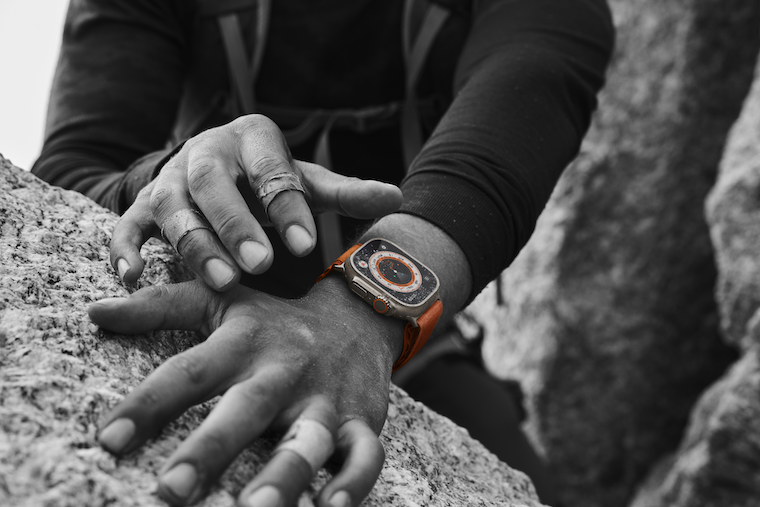
Those used in watchmaking are then 200 m, where watches marked as such can be used to a depth of 20 meters, 300 m, which can be used to a depth of 30 meters, or 500 m, which can be used to a depth of 50 meters and usually contain helium valves, but Apple They don't have Watch Ultra. The last level is 1000 m, when it is already deep diving, and such watches even have a liquid between the dial and the cover glass to equalize the pressure.
However, it is true that only a handful of users reach the 40 m. For the vast majority, the classic 100 m is enough, i.e. 10 ATM or simply 10 altitude meters, when you already use the breathing technique. I would therefore identify with this value even for the Apple Watch Ultra, and personally I would definitely not take them to greater depths, and it is a big question which of their technology magazine reviewers will actually try this so that we can somehow learn the real values.
- Newly introduced Apple products can be purchased, for example, at AlgeIn iStores whether Mobile Emergency


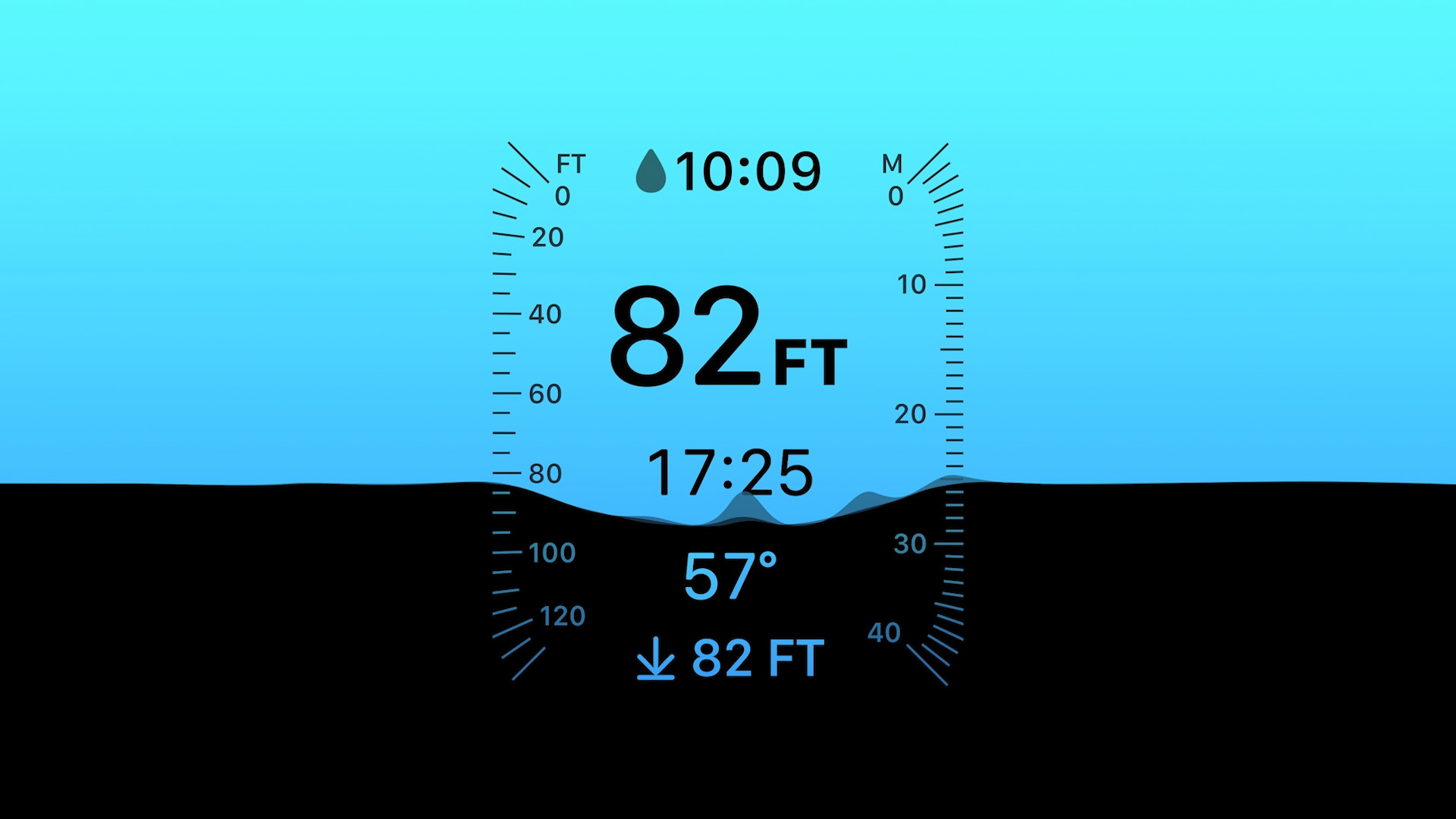

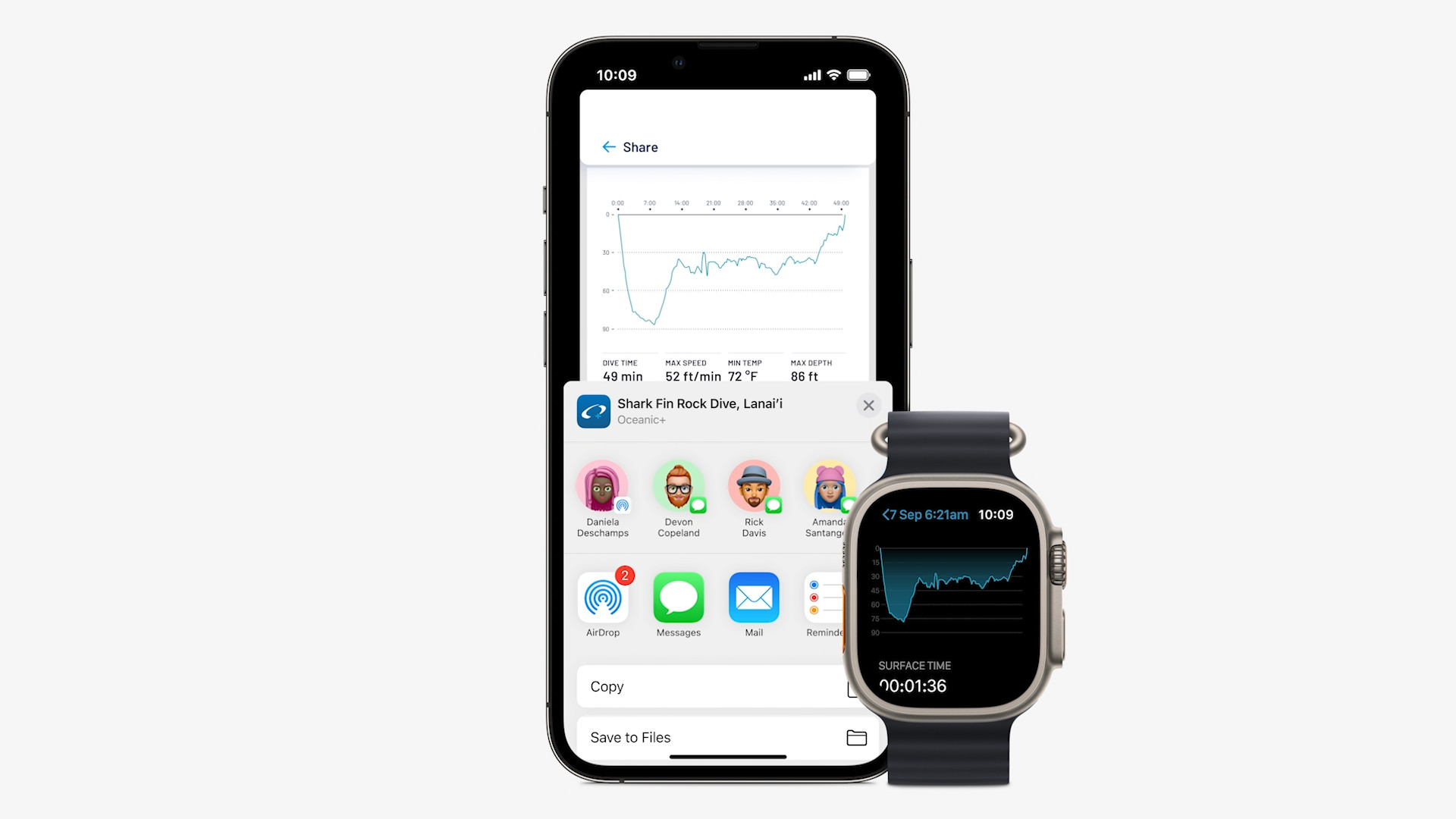
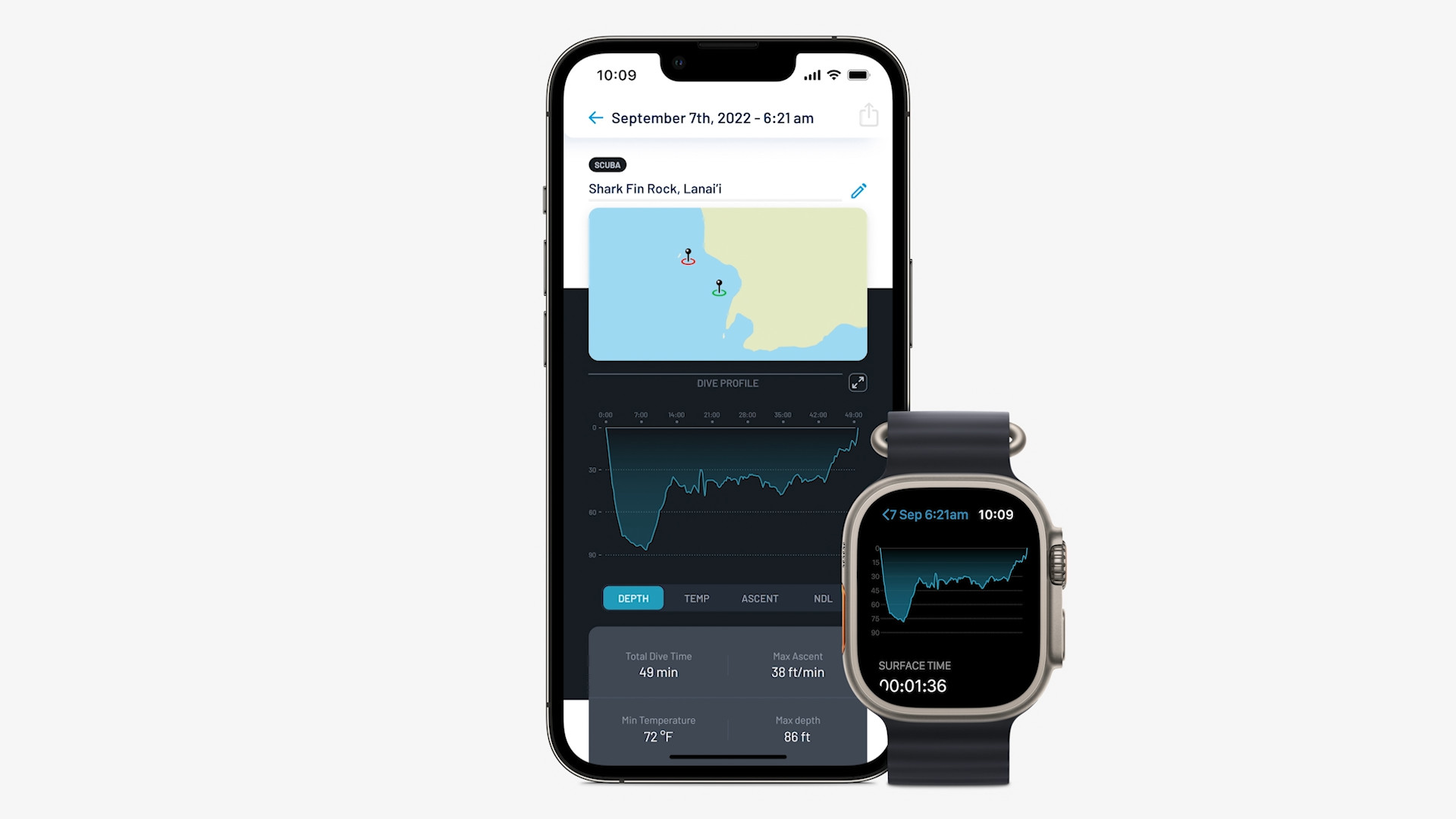



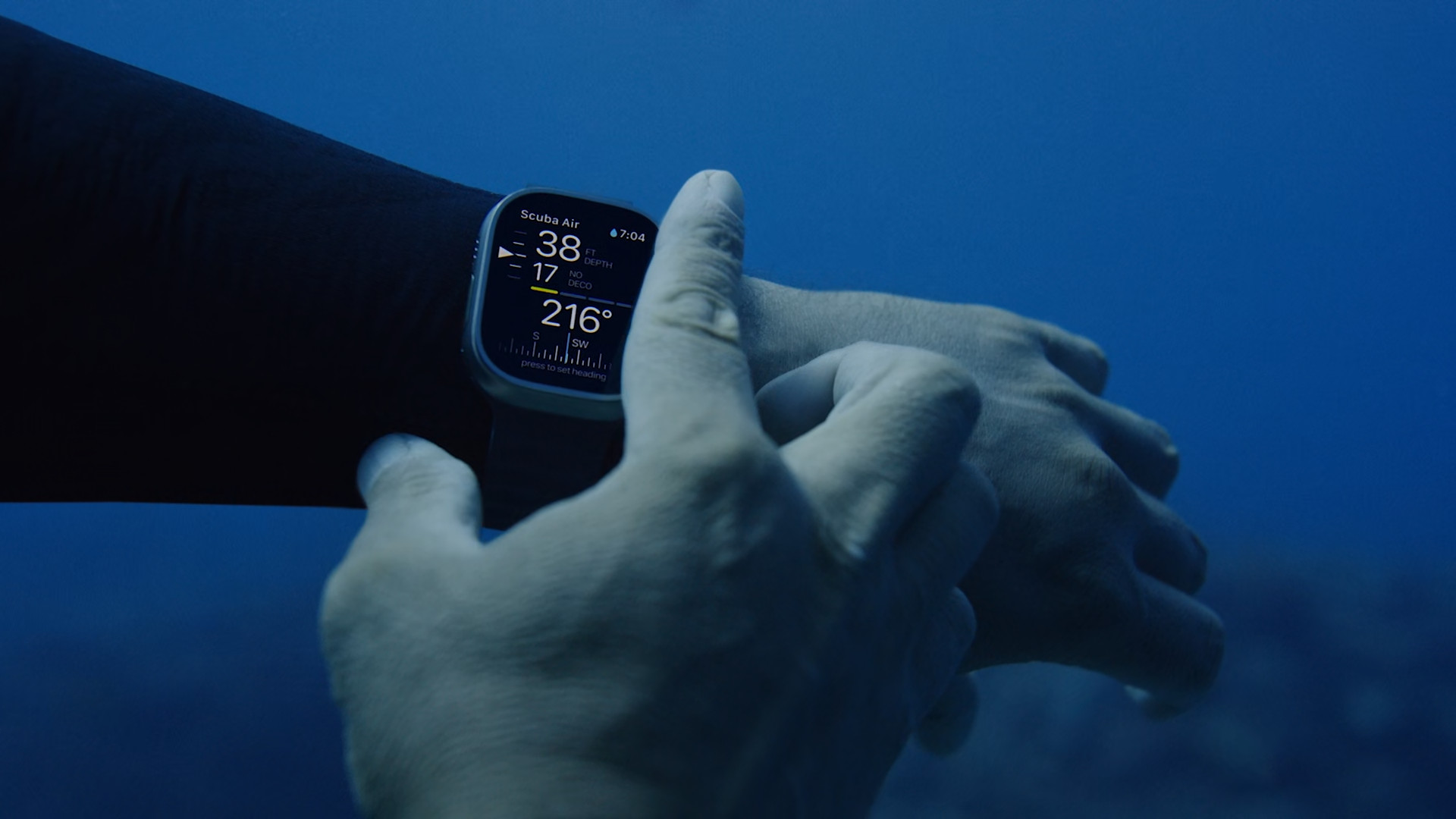

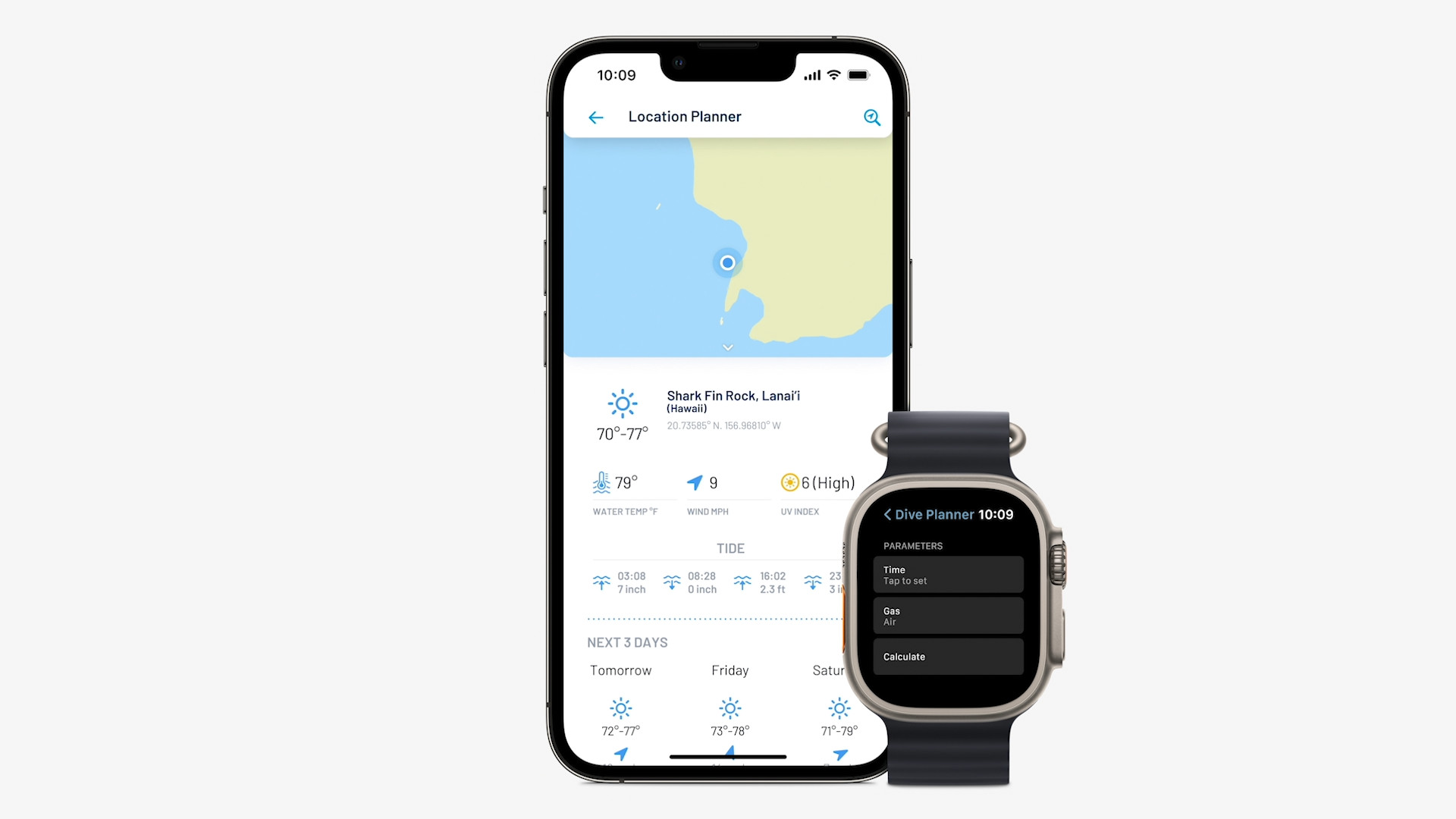


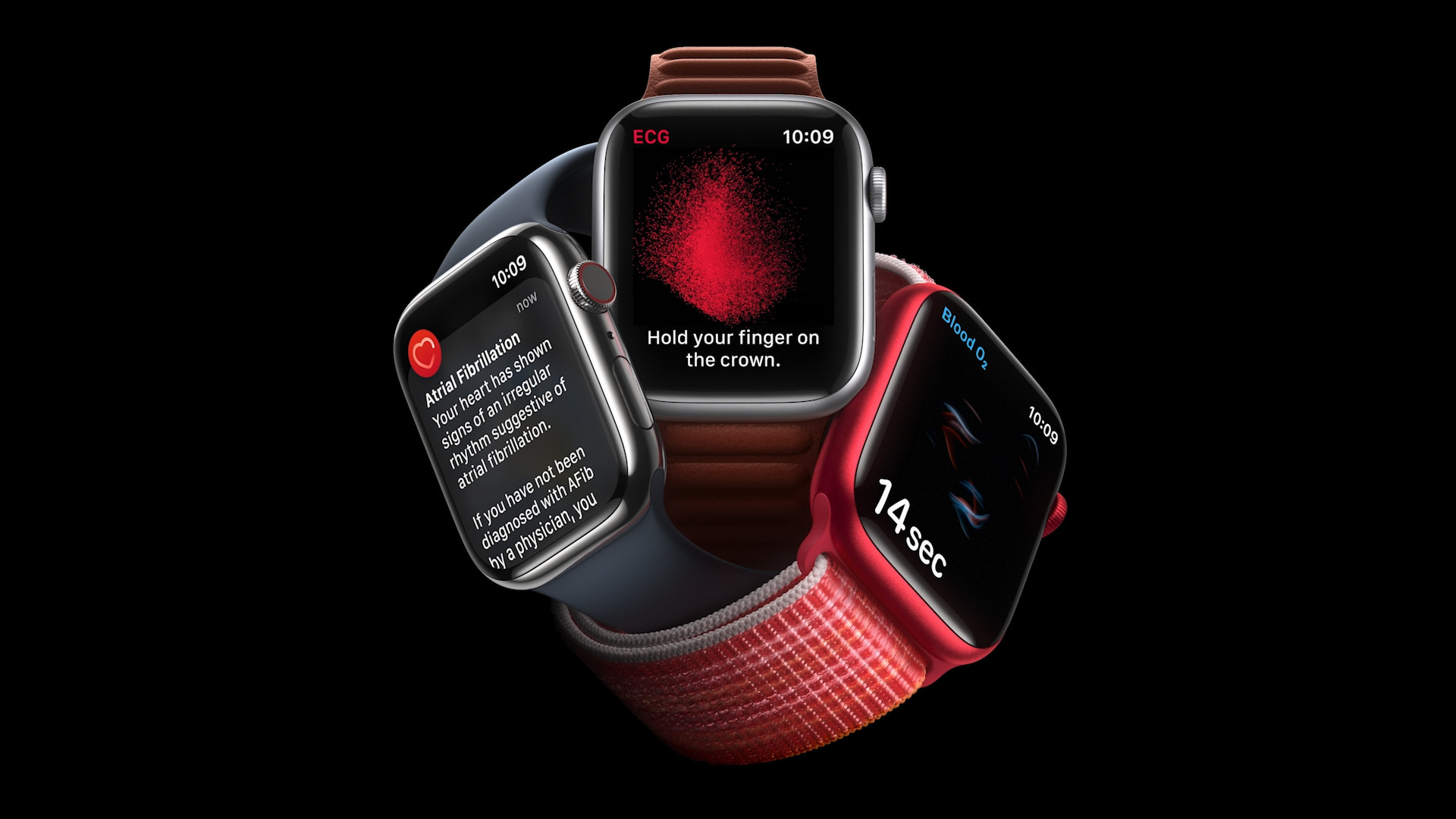

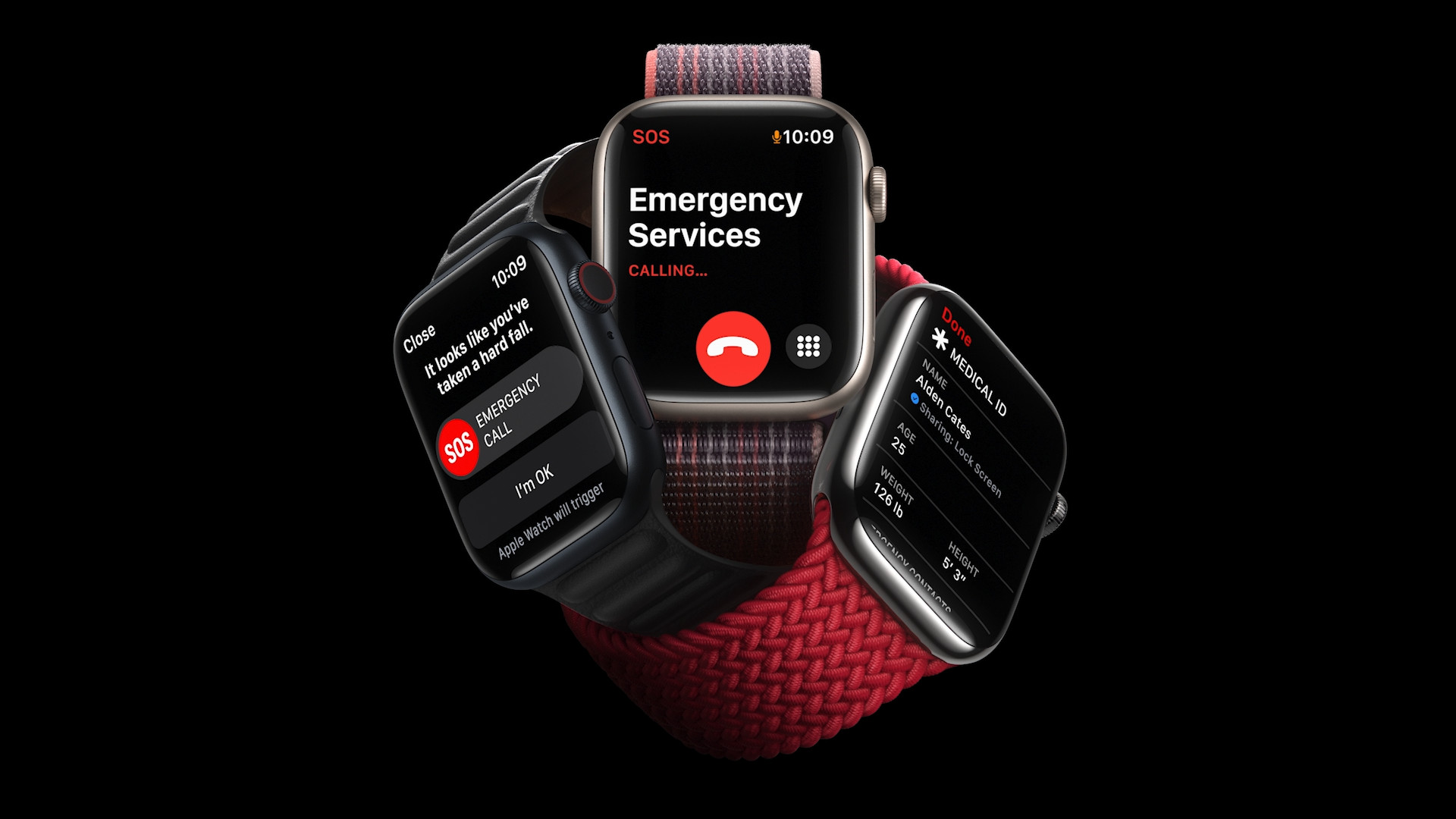

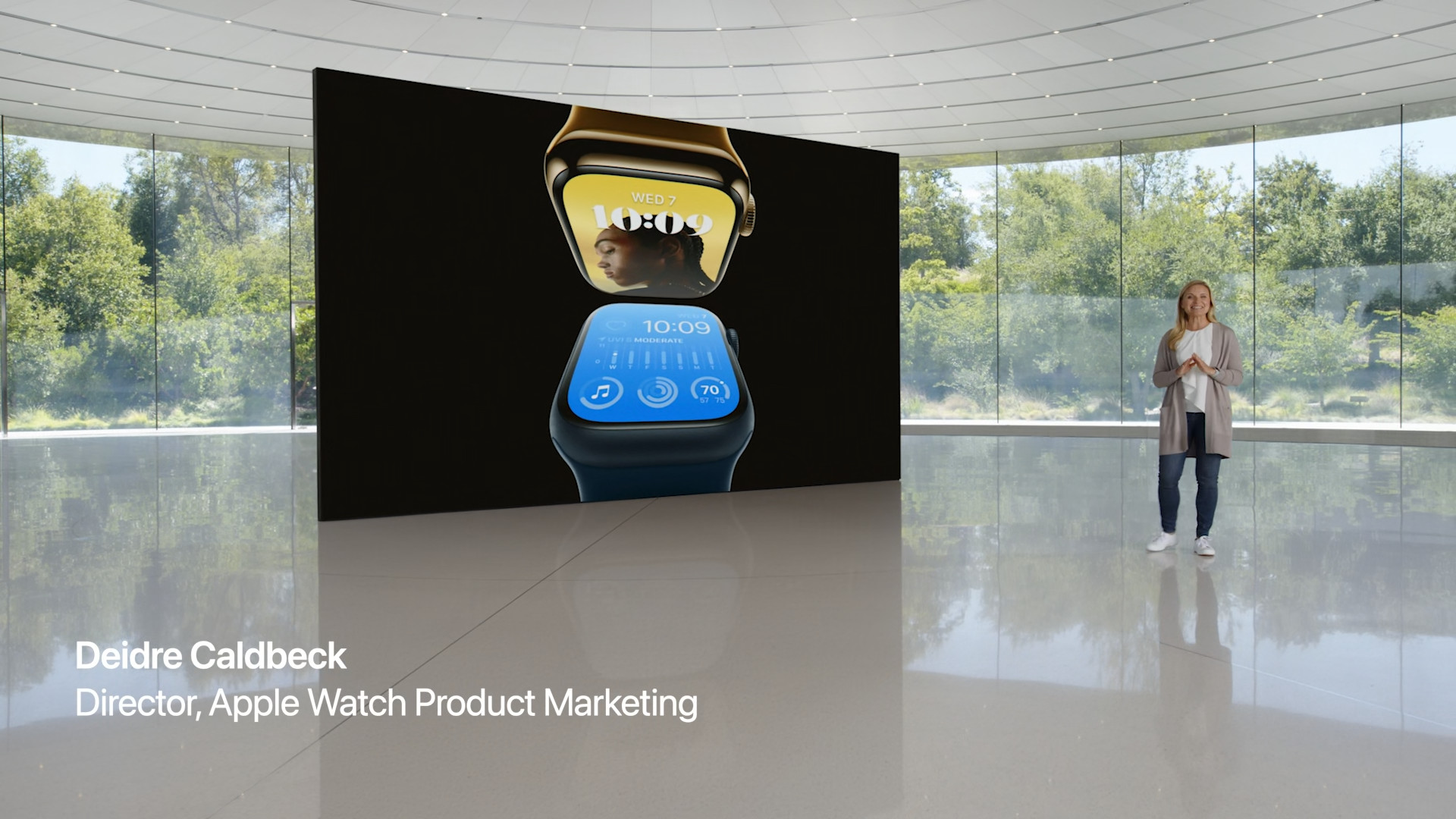
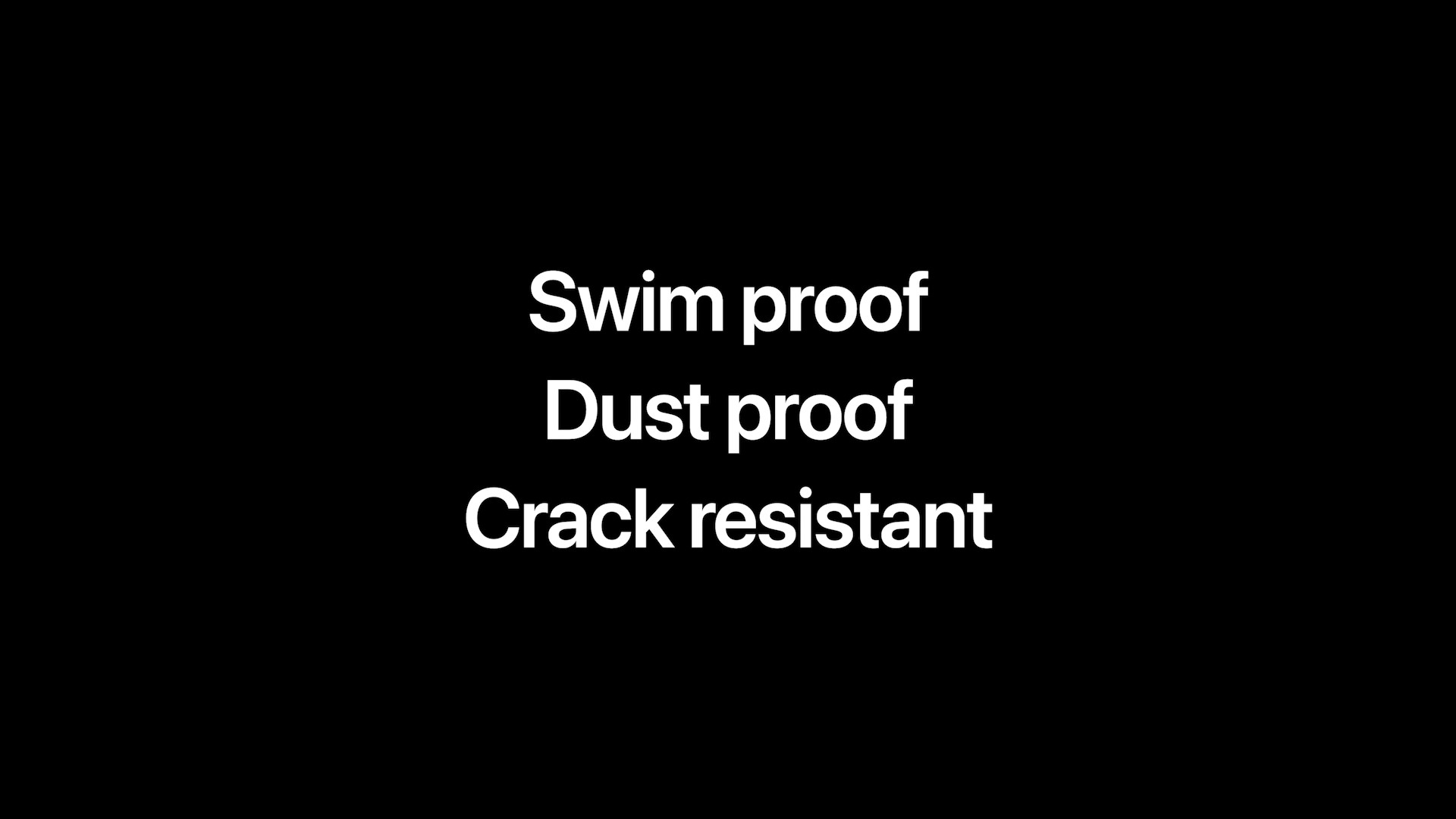
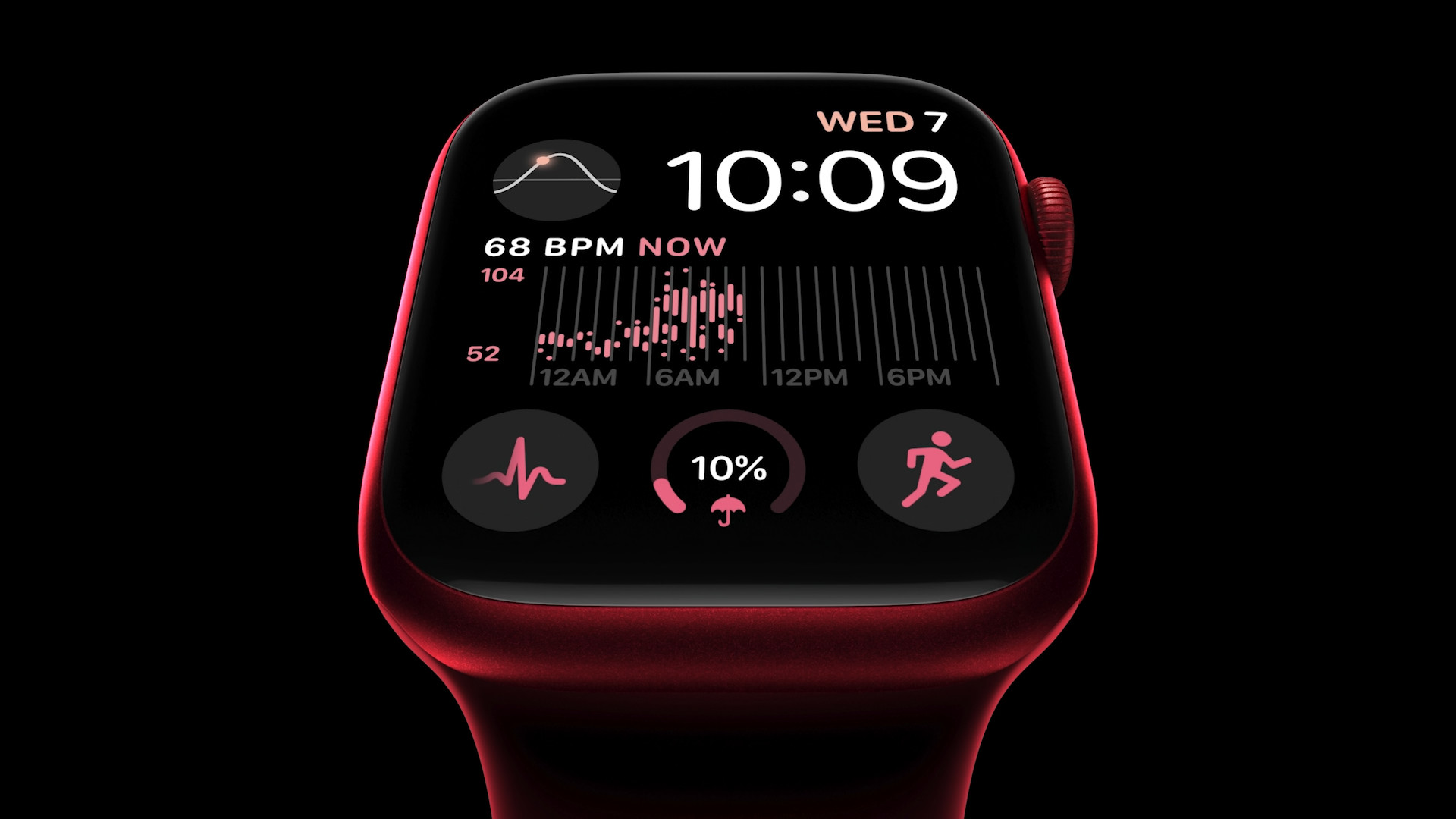

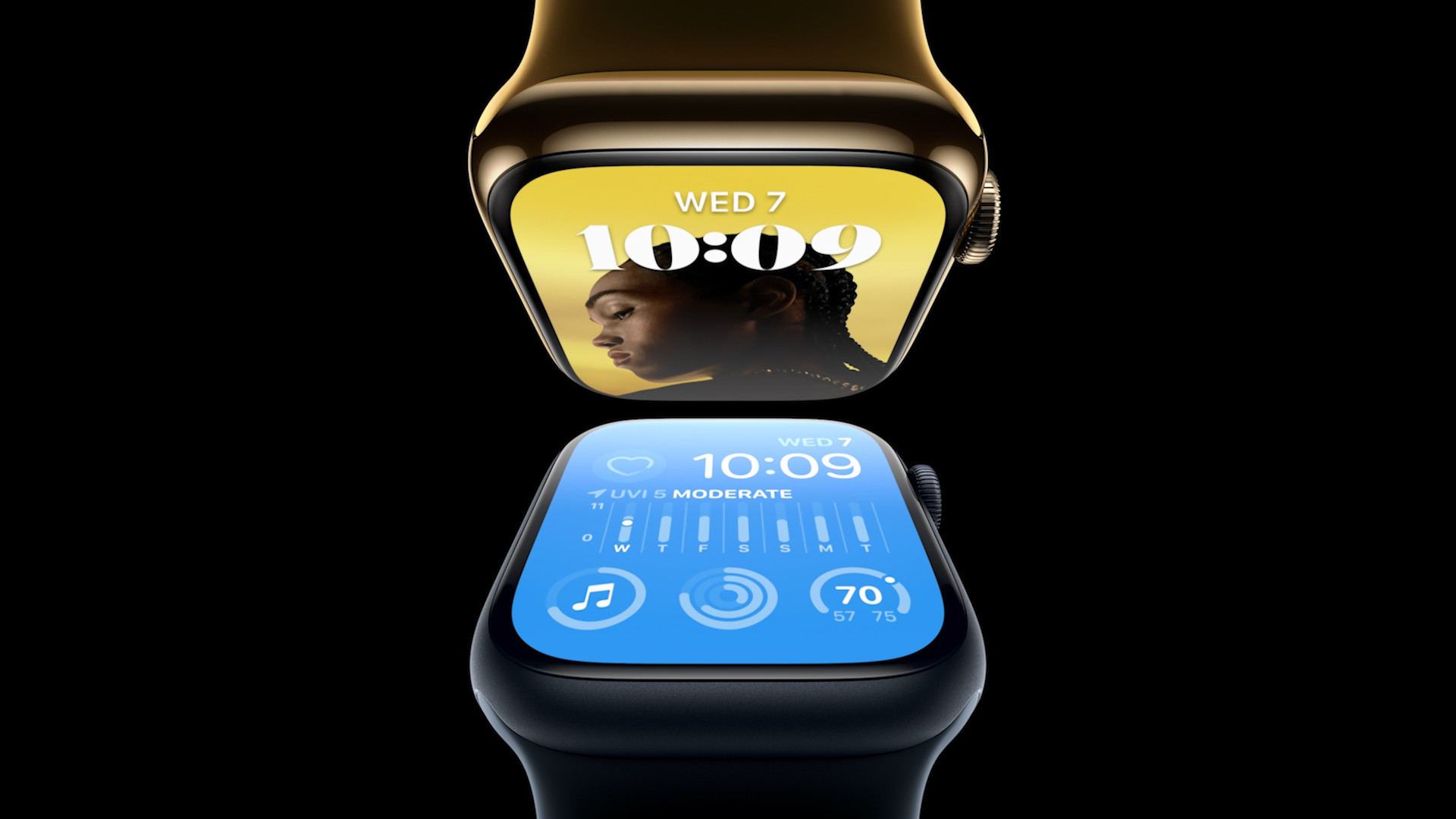


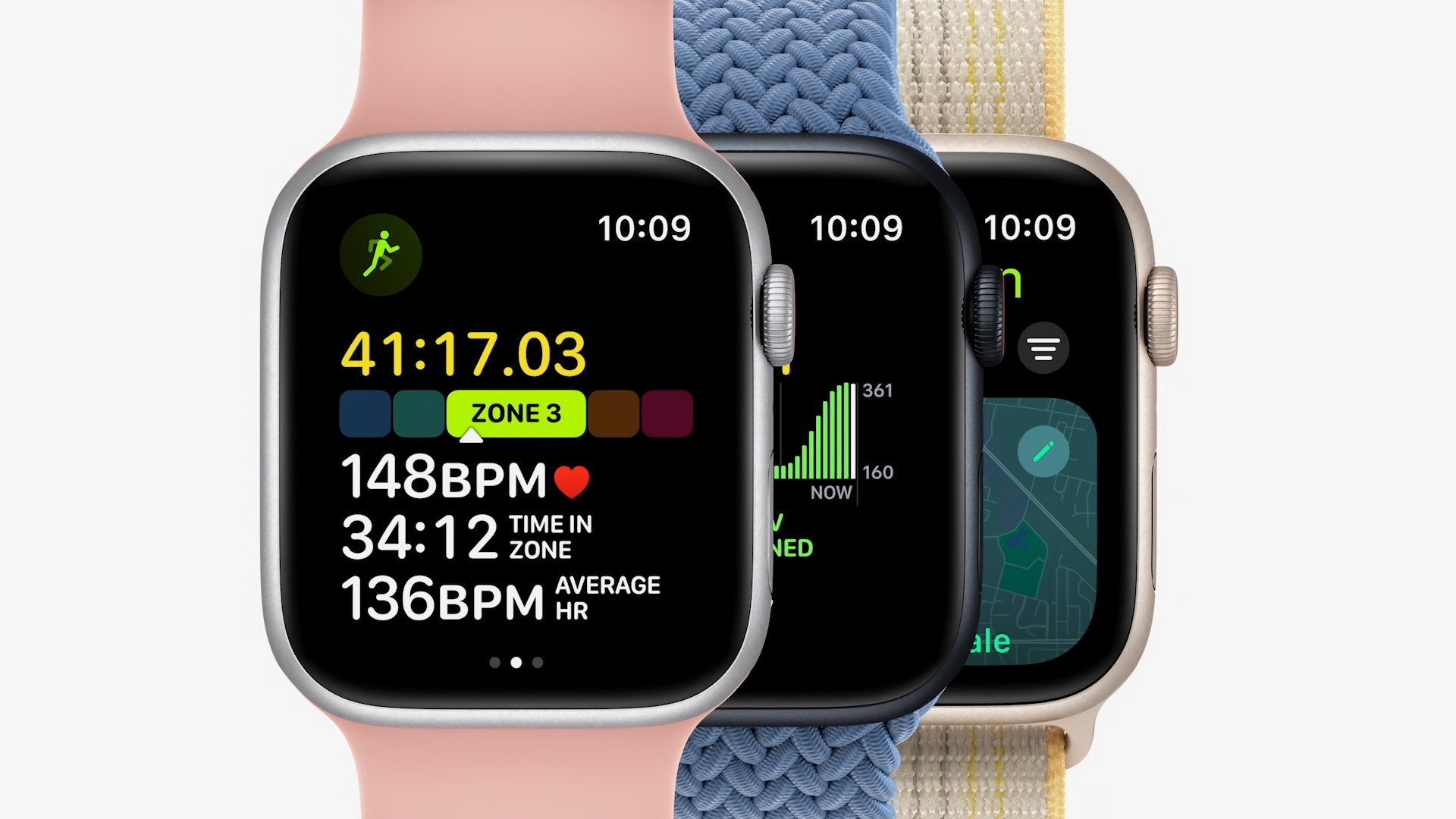

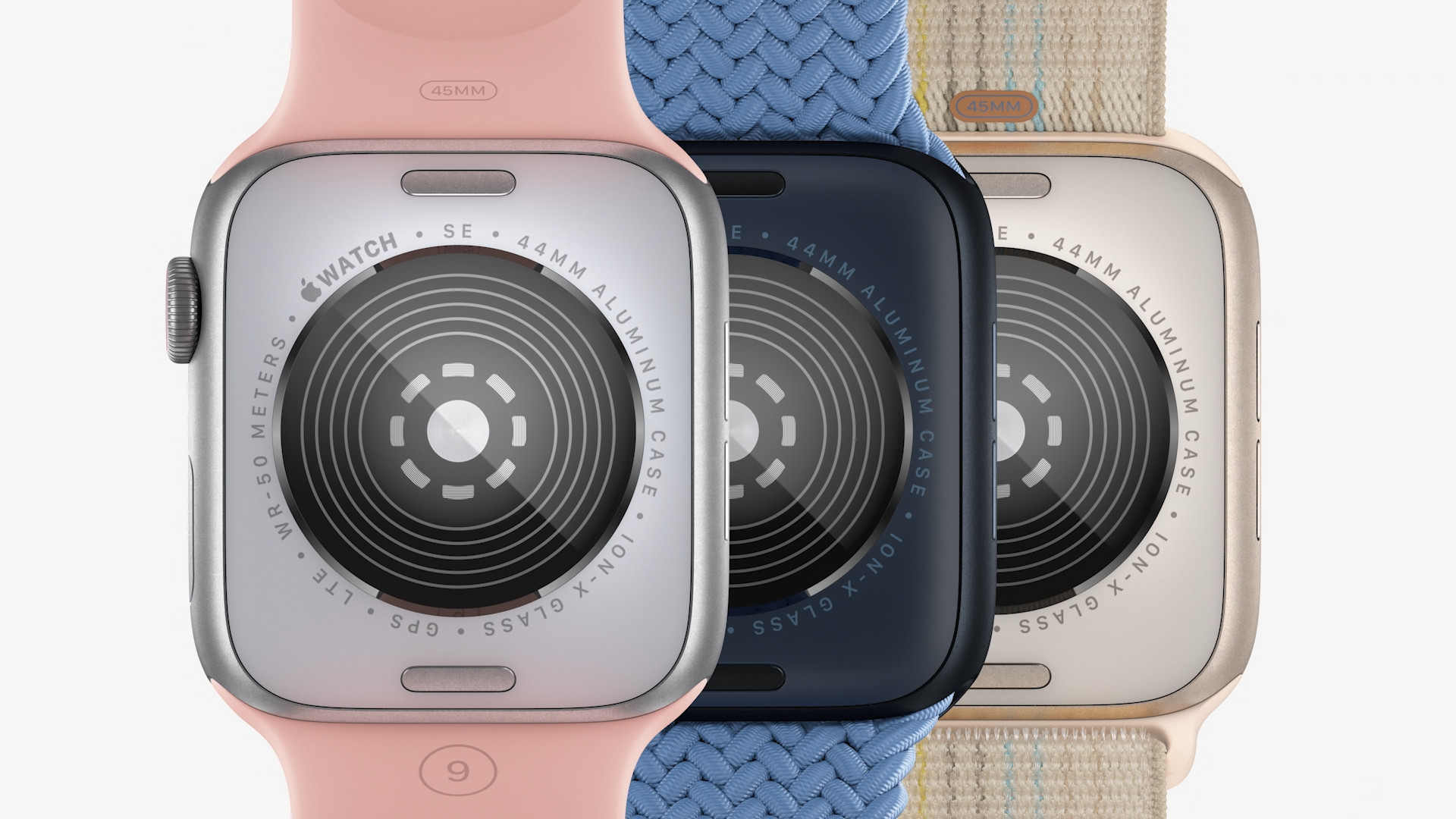


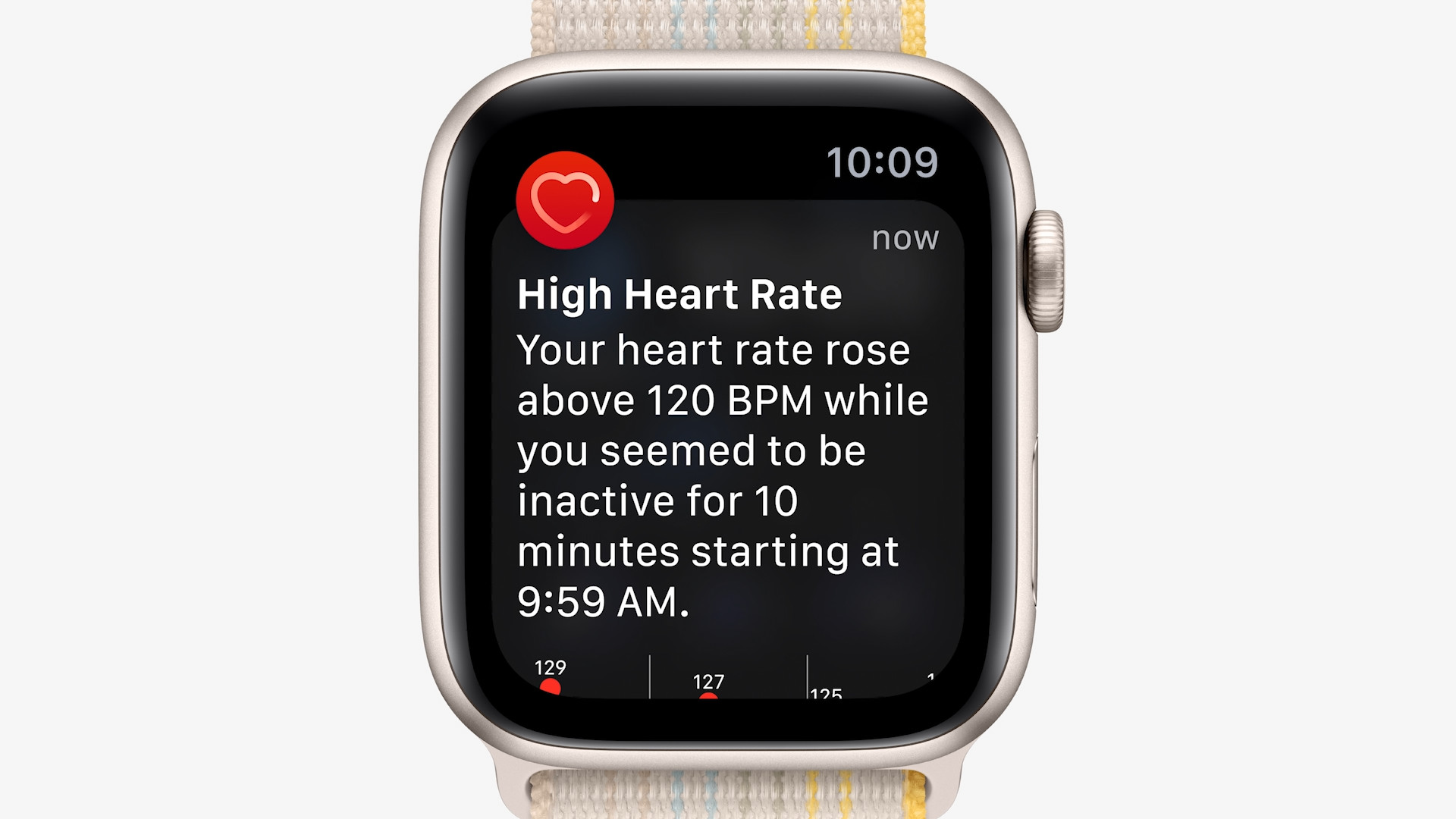

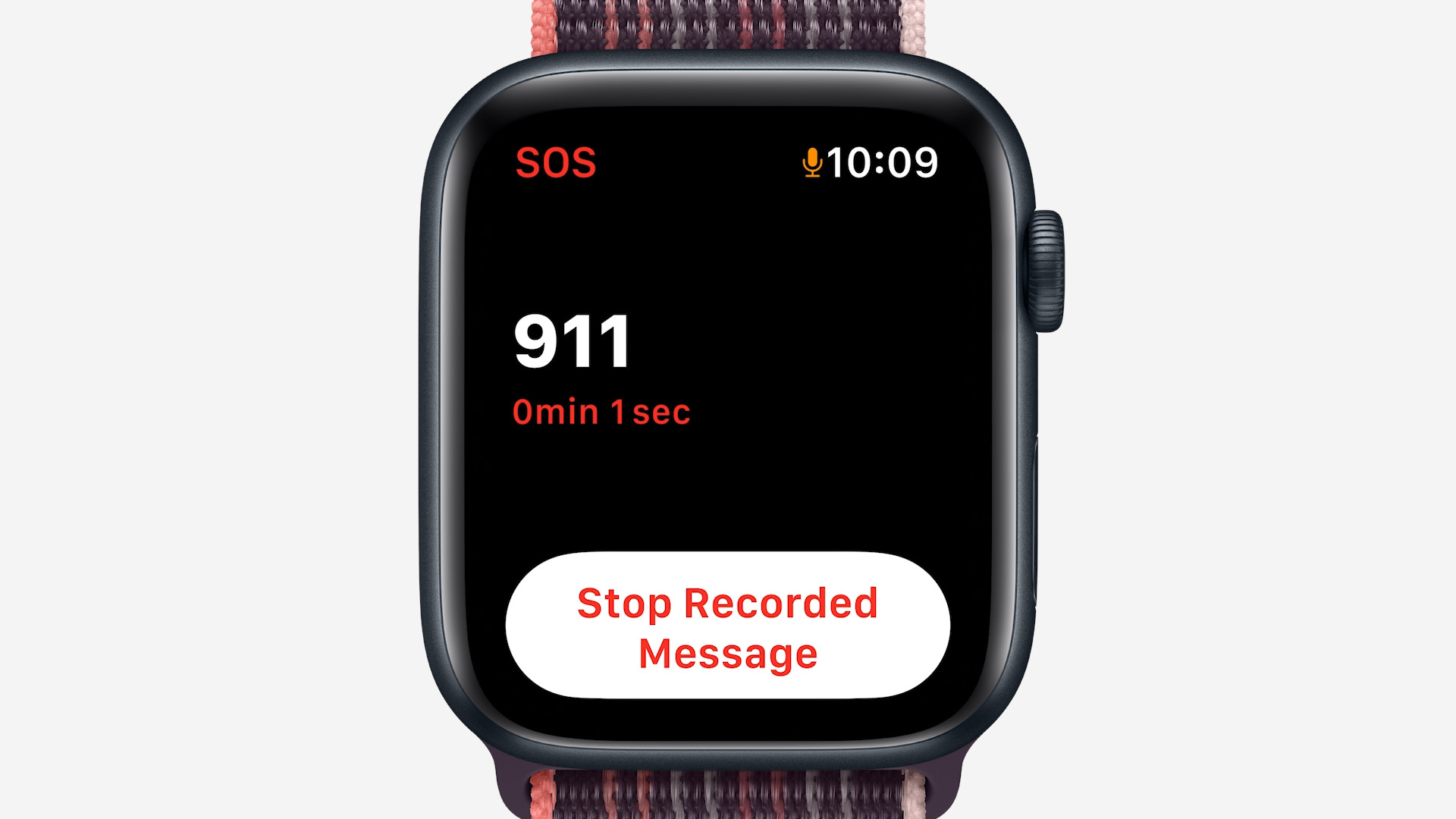
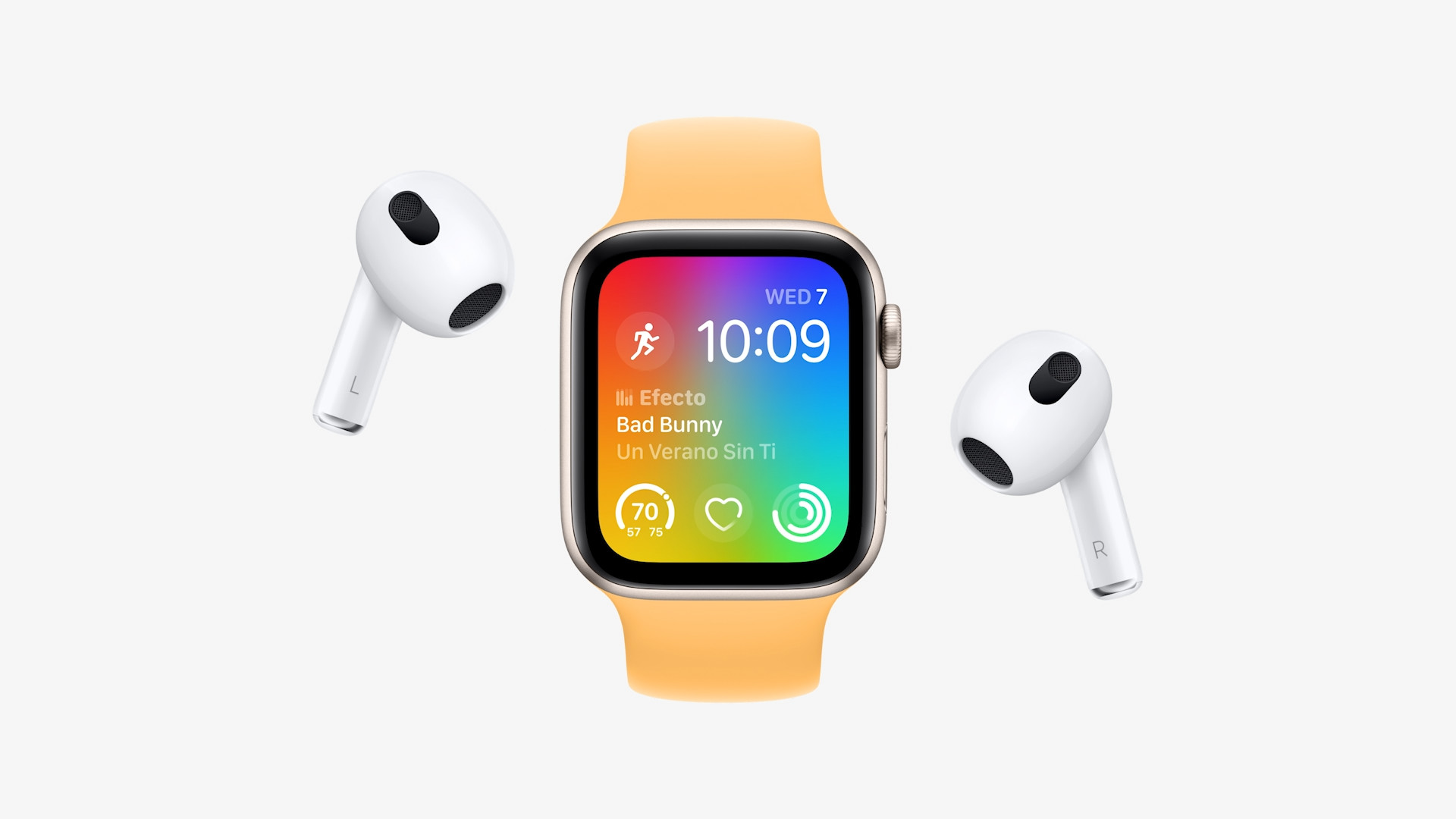
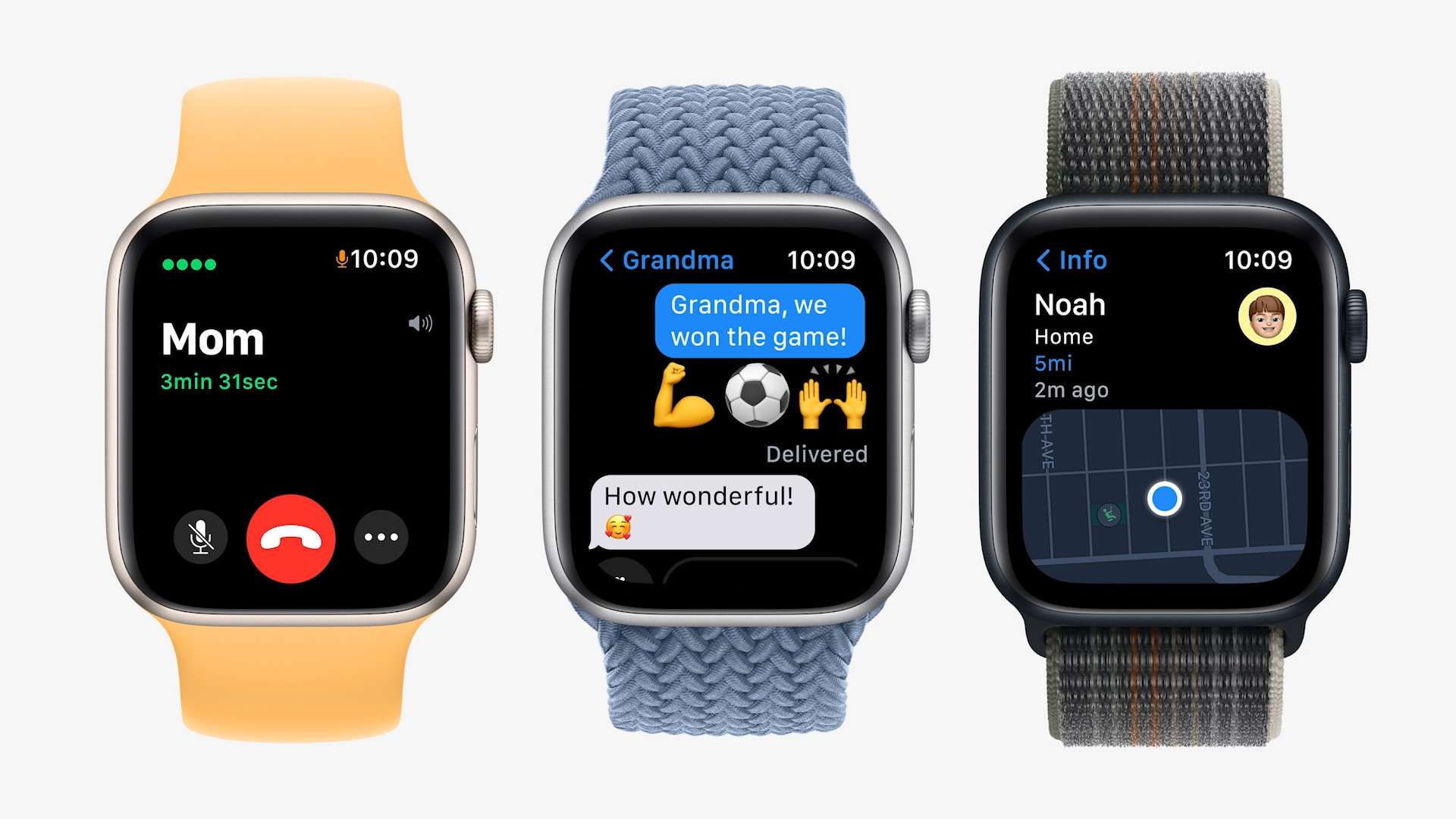
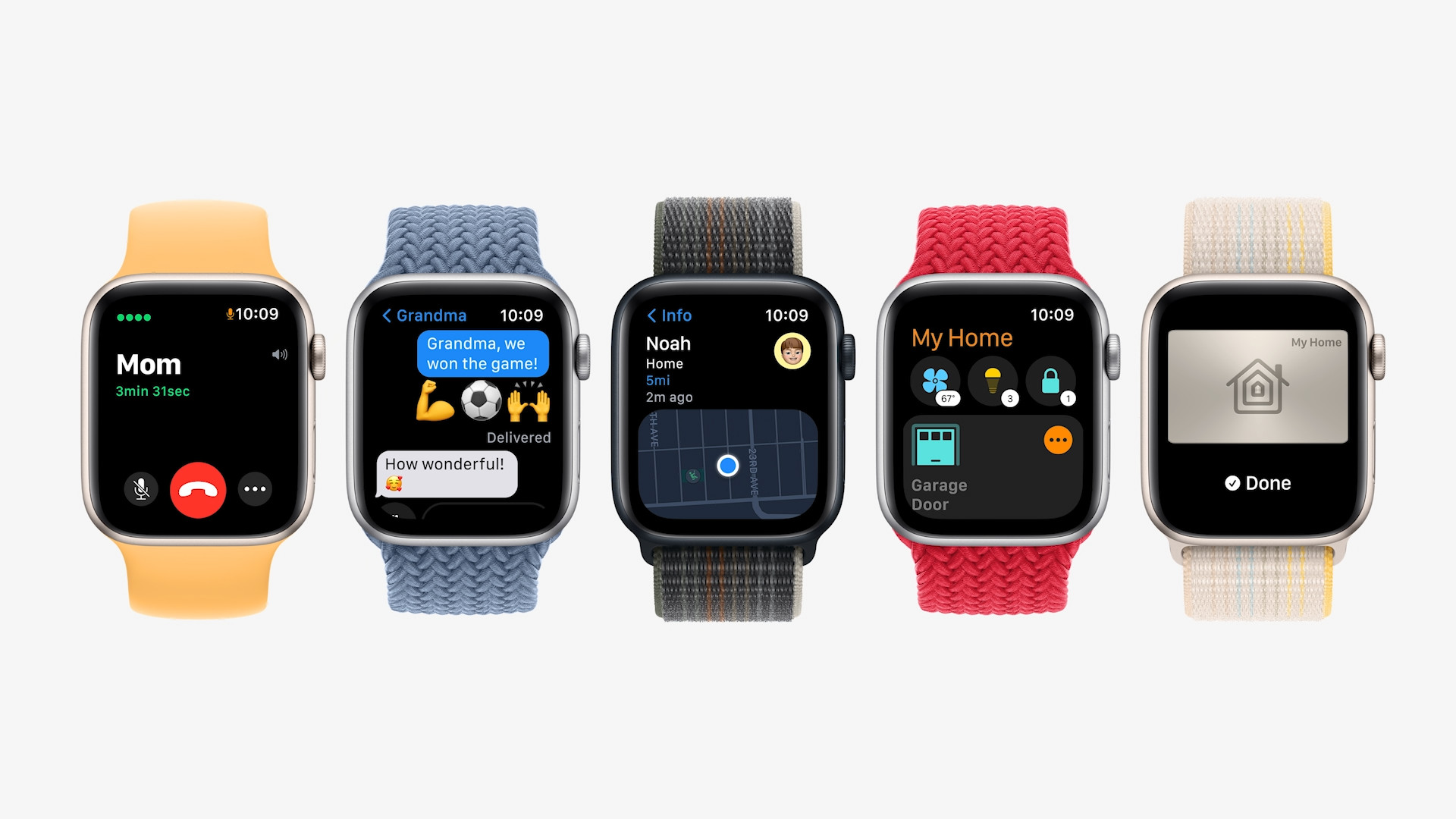
 Adam Kos
Adam Kos
Believe that the internet will be full of morons who will murder them and drown them to their death to get as many followers as possible. Every manufacturer is short on these "like tests" :-)
So Apple states exactly this below the line: Apple Watch Ultra is water resistant up to 100 meters according to the ISO 22810 standard. It can be used for recreational scuba diving (with a compatible app from another developer from the App Store) up to 40 meters and for high-speed water sports. Apple Watch Ultra should not be used when diving to depths greater than 40 meters. Water resistance is not permanent and may decrease over time.
Otherwise, an ordinary diver can easily get below 40m. But to be afraid of slipping lower and when I have them for 5 years, that they won't even last ten, really not. Simply SUUNTO :-)
So, according to the promo, Ultra watches are supposed to be for extreme conditions and athletes, and suddenly they can only handle recreational diving and the water resistance decreases over time, really an ultra product :))